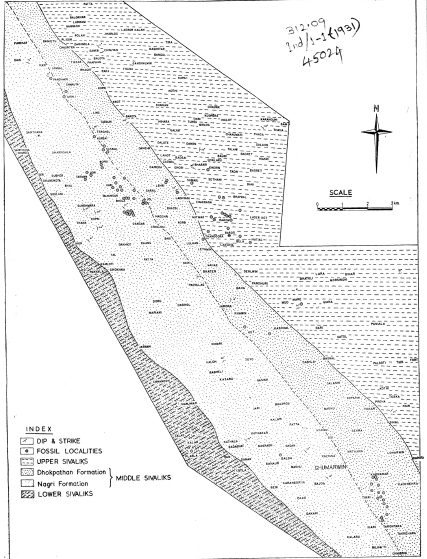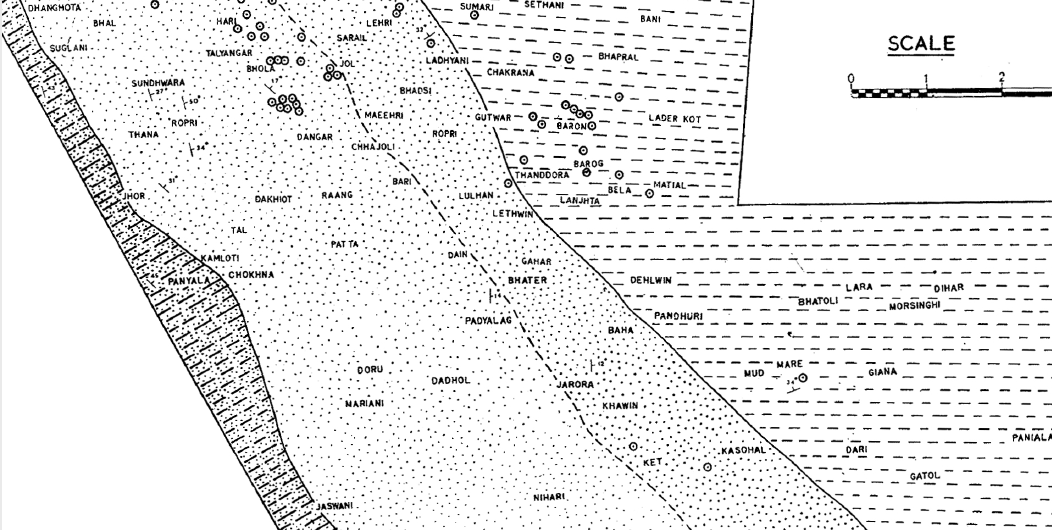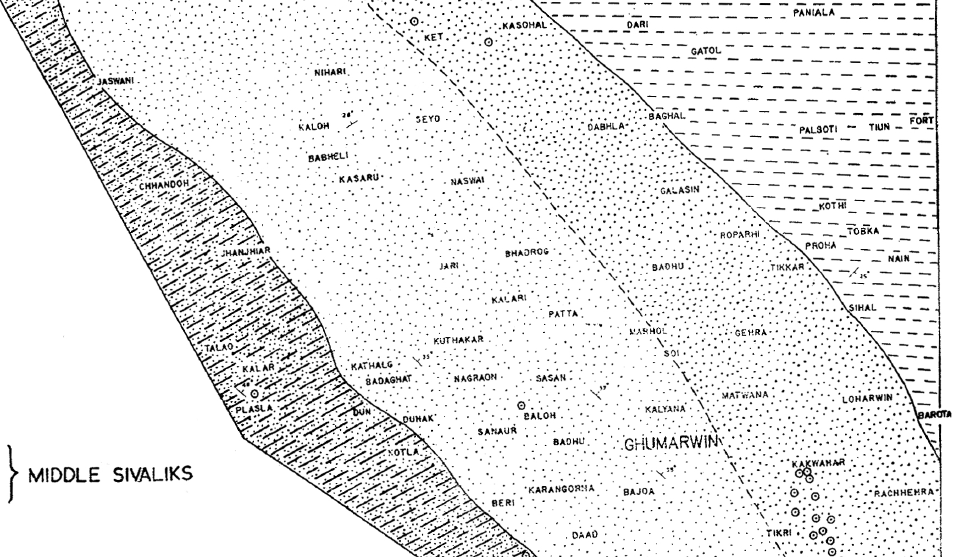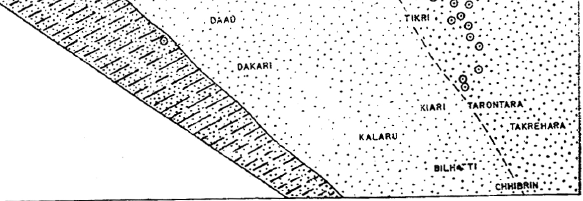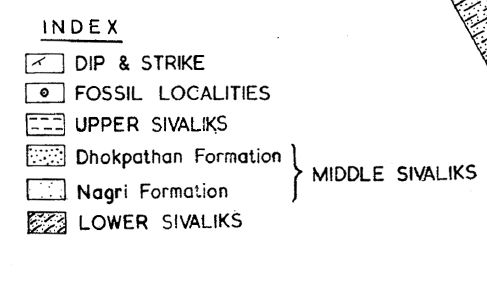Census India 1931: The Population Problem in Central Provinces
This article is an extract from CENSUS OF INDIA, 1931 Report by J. H. HUTTON, C.I.E., D.Sc., F.A.S.B., Corresponding Member of the Anthropologische Gesselschaft of Vienna. Delhi: Manager of Publications 1933 (Hutton was the Census Commissioner for India) Indpaedia is an archive. It neither agrees nor disagrees |
The Central Provinces and Berar, an area totalling 131,095 square miles, include not only the British districts, 82,153 sq. miles, and the fifteen States of the Central Provinces, 31,175 square miles, but the four districts of Berar, 17,767, which are leased in perpetuity from H. E. H. the Nizam. The total area of the province according to the latest revision is 133,050 sq. miles, but this figure was obtained too late for use in the tables.
The total population is 17,990,937 with a mean density of 137 per sq. mile, but this density is very variable being exceedingly low in the 20,000 sq. miles still covered by forest. The highest density is that of the Katghora Tahsil which has 492 persons to the sq. mile, and the lowest that of the Ahiri Zamindari with only 16. Famines and epidemics have been res-ponsible for exceptional fluctuations in the past, and the Central Provinces more than any other are marked by recurring alternations between good and bad years, The decade under review opened in conditions of scarcity and high prices, while the effect of the influenza epidemic upon women of the child-bearing ages can be traced in certain age groups at the present census. Up to the end of 1921 public health was bad. Cholera, plague and malaria caused exceptional mortality.
In 1922 however the satisfactory monsoons of that and the previous year reduced the death rate from 44 to 29, though the birth-rate also fell from 38 to 36 per 1,000. Good monsoons and healthy years continued until 1926-27, which was marked by serious floods, and 1927-28 saw the beginning of the decline in prosperity. Wheat was attacked by rust and more than half of the crop was lost in the northern districts of the province in that year and health deteriorated.
The following year brought the recurrence of non-co-operation, agrarian agitation and general depression, another unsatisfactory agricultural year in the north of the province, and much unhealthiness from cholera, plague, small-pox, influenza and malaria. On the whole, however, the intervening prosperity more than balanced the depression at either end of the decade. The net area cropped increased from 23,585,215 acres to 25,364,376 ; the addition of a thousand miles of irrigation channels added nearly a hundred thousand acres of irrigated land ; a thousand miles of metalled road were added to the existing metalled roads, and many new bridges, and 300 miles of railway. It is significant of the connection between prosperity and population that the growth of the latter was very small in the north of the province which suffered three very bad years at the end of the decade. Elsewhere, as in other provinces, the highest rate of increase was in the most thinly populated areas.
The infant mortality rate appears to be higher in the Central Provinces than in India as a whole or in most other parts of India, but the rate of increase at this census has been 12.6% for the province. Both the natural features and the population are very varied. The Narbada valley in the north is a wheat growing tract ; the Maratha plain in the west and the Chhattisgarh plain in the east
are rice-growing areas ; the Central plateau and the Chota Nagpur p'ateau in the north-east like the States of Bastar and Kanker and the district of Chanda in the south are largely forest. In the open country Marathi is the language of the west and Hindi of the east, but the forest tribes speak Dravidian or Munda languages.
In Bastar State, the remotest part of the province, there has been much increase in communication, but the Administrator reports that the increase in traffic is leading to an increase in the consumption of opium and in the case of one tahsil to the substitution for opium of the much more pernicious mercury.
